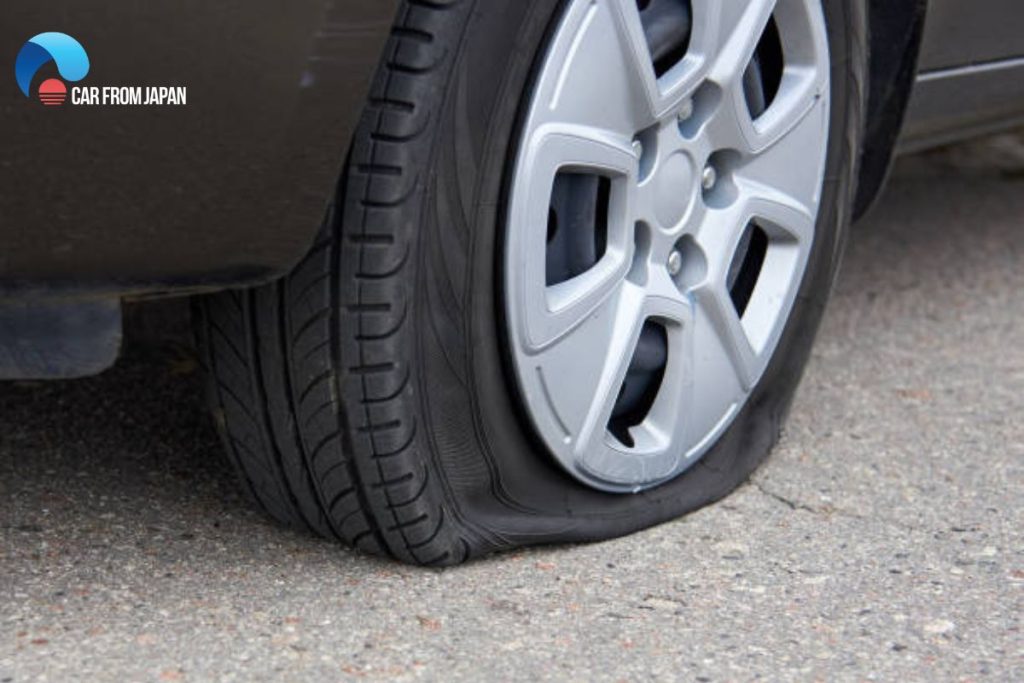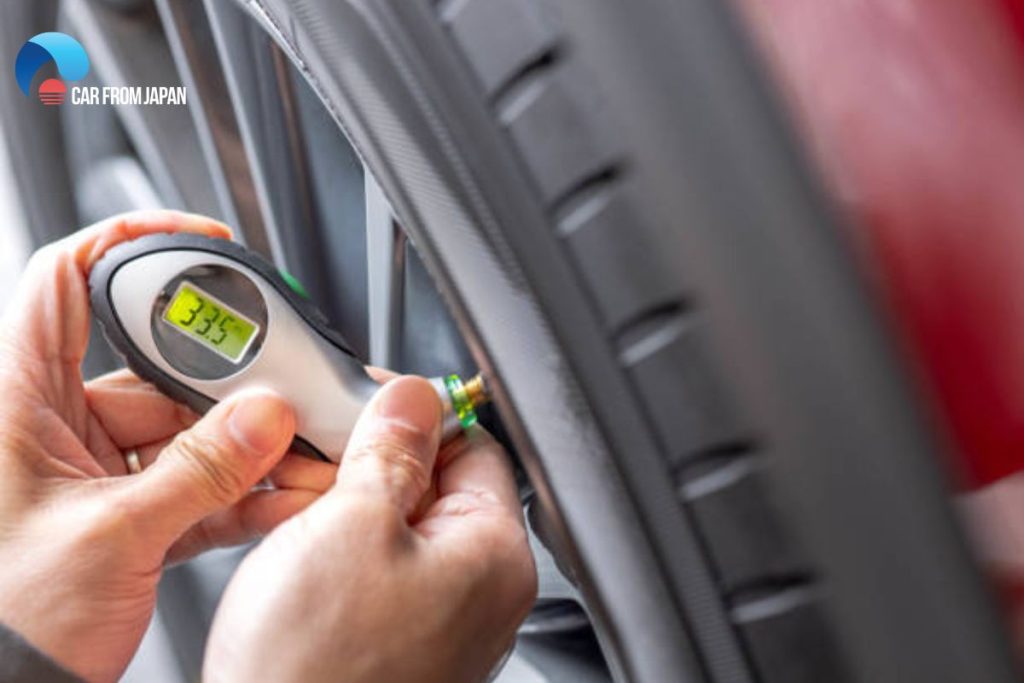A routine check of tire pressure is an important part of the car maintenance schedule. You must do this regularly to comply with vehicle safety guidelines. Proper tire pressure is essential for the correct handling of the vehicle. It is also crucial from a probable future repair cost standpoint. Automobile experts emphasize that taking care of car tires is one of the cheapest preventive maintenance methods. Being aware of the correct tire pressure after driving will help you avoid various tire-related problems.
Contents
What Is the Correct Tire Pressure After Driving?
As per the scientific explanation, air pressure increases exponentially when the surrounding temperature rises. When a vehicle runs on the road, its tires come in direct contact with the asphalt. This interaction of tires and asphalt increases the friction between the road and tires. As friction increases, temperature also rises accordingly, causing the rubber in the tires to heat up. As rubber is a bad conductor of heat, the temperature does not rise in proportion to the force in force.
Because of the rise in rubber’s temperature, the tire’s internal air is in a heated environment. The air absorbs the heat and expands in volume. Expansion of air exerts pressure on the rubber wall, increasing the tire pressure eventually. This increase in pressure only happens when the car runs for at least a few hours.

Therefore, if you gauge the tire pressure after a few hours of driving, it would show more pressure than the tires that have been resting for a while. However, do not reduce the tire pressure manually in this situation.
Manufacturers consider many factors before suggesting a specific pressure for car tires. This figure is for a cold tire, which is the normal tire state when a car is idle for at least 3 hours. The driver only needs to follow the suggested tire pressure during the cold state. The pressure will increase as the car keeps running, but the manufacturer has already included that in the calculation.
The Correct Process to Check Tire Pressure
Knowing the method of tire pressure monitoring is a good skill that a driver or a car owner should have. By learning how to check the pressure, you will be able to find out the correct tire pressure after driving at any time. There could be three different variants for pressure gauge: pen-type, digital pressure, or dial pressure.
- Insert a pressure gauge probe into the valve stem of the tire.
- Make sure that the gauge probe fits perfectly with the tire valve.
- Air may leak from the valve as the pressure gauge probe goes into the valve.
- Make sure to adjust and compensate for the force on the gauge, so air doesn’t leak.
- Now, the pressure meter will show the current air pressure in PSI.

FAQs
Where can I find the correct tire pressure for my car?
You can find the manufacturer’s recommended cold tire pressure in two main places:
– There is a sticker inside the driver’s side door jamb.
– In your vehicle’s owner’s manual.
Important: Do NOT use the pressure listed on the tire’s sidewall. That number is the maximum pressure the tire can safely hold, not the recommended pressure for your specific vehicle.
How does the outside temperature affect my tire pressure?
The ambient air temperature has a significant impact. As a general rule, tire pressure will decrease by about 1 PSI for every 10°F (5.6°C) drop in temperature, and increase by the same amount when it gets warmer. This is why your tire pressure light often comes on during the first cold morning of the fall or winter.
Why is it so important to measure tire pressure when the tires are “cold”?
Measuring pressure when tires are cold provides a consistent and accurate baseline. “Cold” means the car has been parked for at least three hours or has been driven less than a mile at low speed. This ensures that the pressure reading isn’t affected by the heat from driving. All recommended pressure values are based on this cold state.
Conclusion
Manufacturers put the correct tire pressure in the vehicle manual and put the information on a sticker on the driver’s side door. Always inflate the tires at a cold state as per the car maker’s guidelines. To take extra care, check the tire pressure after driving for routine maintenance.



